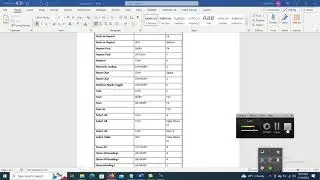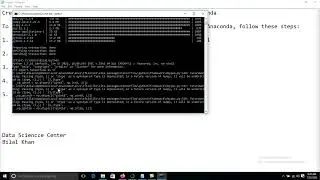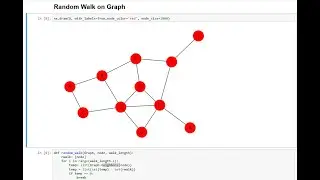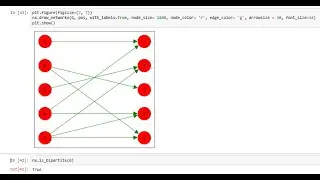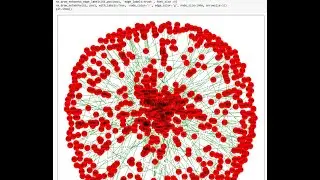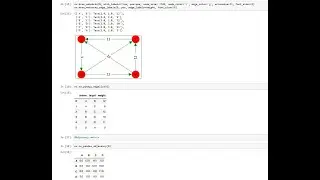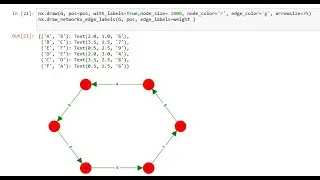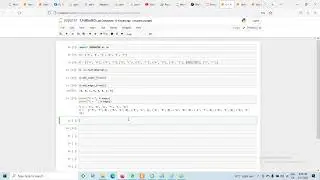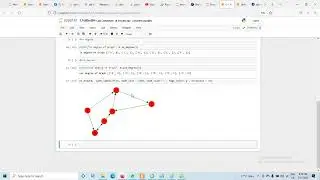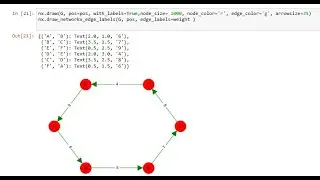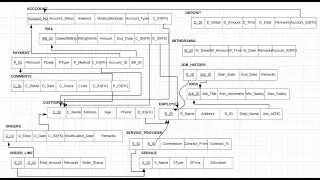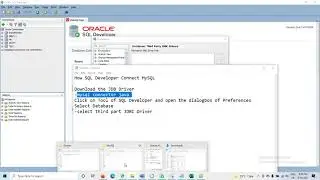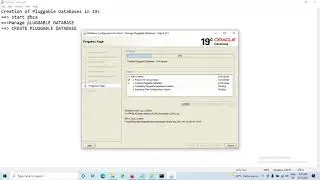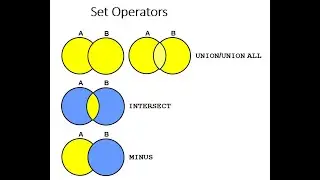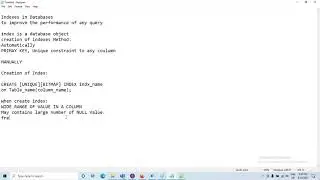Entity Relation Data Model I
Introduced by Peter Chen in 1976
It is logical representation of the data for an organization
E-R Model is expressed in the term of entities, attributes and relationships.
Graphical representation of an entity relationship model is called Entity Relationship Diagram (ERD).
It is a semantic data model
A semantic data model, used for the graphical representation of the conceptual database design.
Component of E-R Model
Entity
Attribute
Relationship
Entity
An entity is a person, place, object, event, or concept in the user environment about which organization wish to maintain the data.
Entity is used to three different meaning
Entity type
Entity Instance
Entity set
Entity Type
Entity type is a collection of entities that share common properties or characteristics.
A label assign to object that exist in a environment and that have similar properties.
Entity type are distinguishable from other entity types on the base of properties
Entity Type
Entity type in E-R model has a singular name, placed inside the box
Capital letters are use for name of entity type
Entity type is indicated by Rectangle
The name should be descriptive for everyone in the organization and distinct from all other entity type names within that organization
Entity Instance
A single occurrence of an entity type
A particular object belonging to a particular entity type is called entity instance
Example:
Entity Type: Student
Entity Instance: Habib
Entity Instance
An entity type is described just once (using metadata) in a database, whereas many instances of that entity type may be represented by data stored in the database.
For example, there is one EMPLOYEE entity type in most organizations, but there may be hundreds (or even thousands) of instances of this entity type stored in the database.








